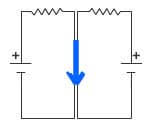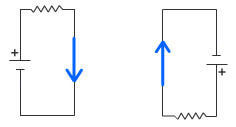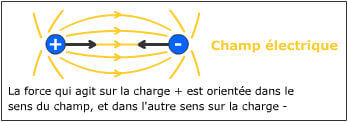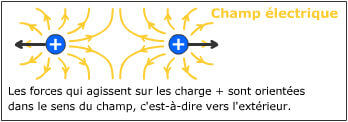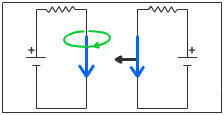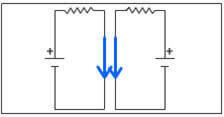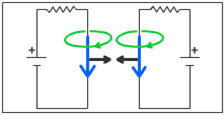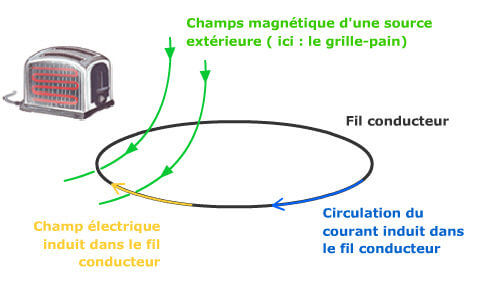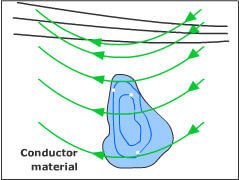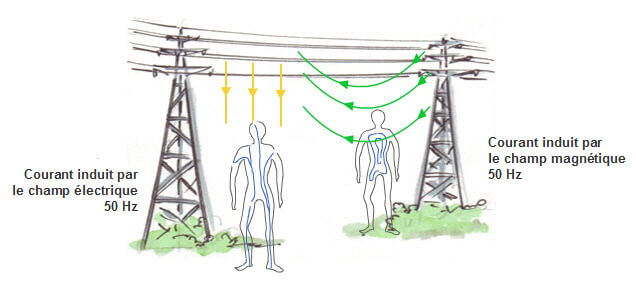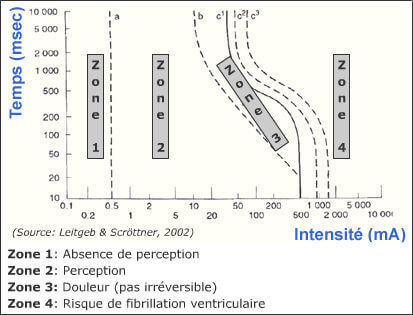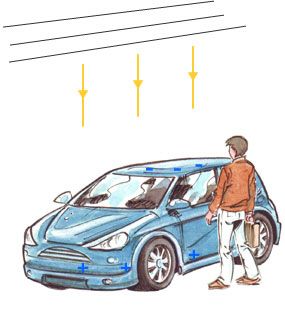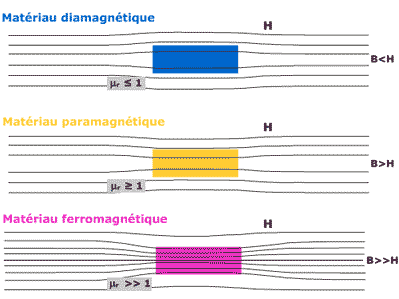‘Electromagnetic compatibility’ means the ability of equipment to function satisfactorily in its electromagnetic environment without introducing intolerable electromagnetic disturbances to other equipment in that environment. (Source:
DIRECTIVE 2014/30/EU OF THE EUROPEAN PARLIAMENT AND OF THE COUNCIL of 26 February 2014)
To illustrate the concept of electromagnetic compatibility, let’s take the pacemaker example.
A pacemaker (also known as a cardiac stimulator) is a device implanted in a patient’s chest delivering electrical impulses to the heart in order to regulate the beating of the heart in case of malfunction of the natural process.
What happens if a pacemaker is carried into a zone with high intensity fields?
Current pacemakers, in bipolar mode and with a regular ventricular sensitivity (usually 2 mV), the interference risk is practically inexistent with commonly encountered exposures. Pacemakers in unipolar mode or with higher sensitivity are more susceptible to interferences. […] It is recommended not to use small motors (power tools, etc.) in close proximity of the pacemaker casing (Souques, 2004).
As a precaution, in professional environments where intense fields may be present, it is recommended to inquire from the cardiologist what are the type, the programming, and the electromagnetic immunity level of the implanted pacemaker. These precisions will allow the health and safety authority to inform the personnel on the subject.
For more information on the subject, you may refer to the page Workers with pacemaker on the BBEMG website or contact ACE team at Université de Liège.
Reference : Souques, M. (2004). Influence des champs électromagnétiques non ionisants sur les dispositifs cardiaques médicaux implantables. La Presse Médicale, Vol 33, N° 22 – décembre 2004, pp. 1611-1615.


